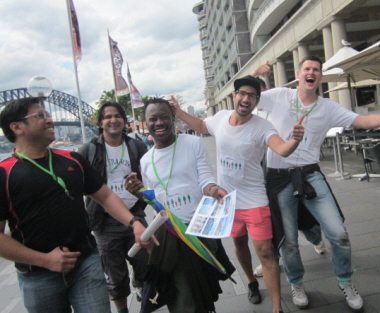Did you know that diverse teams often get better results than non-diverse teams? Apple certainly think so
As Apple have noted, great ideas can come from anywhere. In fact more great ideas might emerge from challenge than privilege. Here are just a few the benefits from fostering diversity of gender, age, physicality and racial or cultural background in your teams.
Innovation: If you want to be capable of innovating, diversity is a huge advantage. Diversity enhances creativity because different cultural starting points assist in the search for a fresh perspective or insight.
Problem Solving: Fresh, challenging perspectives will lead to a broader range of solutions. Teams that are robust in their approach to evaluating options make better decisions. The likelihood of “out of the box” solutions is much greater in a diverse team.
Performance: High performing teams work hard to be inclusive and foster respect among team members. A team where everyone can reach their individual potential is generally a safe place. Take the time to appreciate the unique ability and acknowledge the contribution of every team member, and you will find your diverse team is much more than the sum of its parts!
Empathy: Empathy is powerful in marketing. Teams that reflect the customer mix are likely to be more tuned in to the the challenges customers face and how to solve them. Once again, generating insight from first hand experience will be powerful to create a stronger customer focus.
Diversity can improve the bottom line of companies and lead to unfettered discoveries and breakthrough innovations.
The reality is in countries like Australia, corporate teams benefit greatly from gender, age and cultural diversity. But there are challenges too, so here are 5 ways to help your diverse team work well together and shine.
1. Communicate effectively. A tangible real challenge in managing diverse teams is the high likelihood of communication barriers. Particularly when some parts of the team are working with their first language, whilst others are working in their second language, care must be taken that respect is shown and clarity is always sought.
A team cannot be cohesive if communication is ineffective. Face to face communication is likely for the planning and the most important project conversions. When other communication methods are used, team leaders should not lose sight of the team agreements and goals. They should make sure all messages are constructed for the benefit of the team.
Team building is all the more important in a diverse team where respect is critical and rapport is built with low pressure shared experiences. Teambuilding activties such as those that ask teams to communicate effectively in order to complete (fun) task based assignments can have a positive impact team communication.
2. Optimize the innovativeness of team members. There is ample research to show that the most innovative teams are composed of varied individuals with different styles, approaches or skill sets. In The Ten Faces of Innovation, author Tom Kelley, describes the 10 personas that are crucial for establishing a culture of innovation. These include, for example, The Cross-Pollinator, who has the ability to draw associations and connections between seemingly unrelated concepts to break new ground, or The Hurdler, whose skills lie in being a tireless problem-solver who enjoys tackling something that’s never been done before. Here’s a brief introduction of the Ten Faces. If you want to fuel innovation, increase the number of these persona types on your team.
3. Break your team out of the herd mentality. We tend to gravitate toward people who share our views, opinions, and backgrounds. It’s human nature to seek validation in others who are similar to us. But in order to truly reap the benefits of workplace diversity, it’s important to shake things up a bit. Create cross-disciplinary teams that cut across cliques, departments, and social groups. This is the kind of environment where truly meaningful innovation can take root.
4. Give feedback. Throughout a project and after a project is complete, you need to give your team feedback. This should be a combination of individual feedback and for the team as a whole. Explain what worked well, what didn’t, and the results of their project.
Constructive feedback will make for a more cohesive team during the next project. Make your feedback have the impact it deserves by the manner and approach you use to provide performance feedback. Your feedback can make a difference to people if you can avoid provoking a defensive response. This can especially be an issue in diverse teams, which is why we focused on effective communication in tip number 1.
Effective feedback involves what or how something was done, not why. Asking why is asking people about their motivation and that provokes defensiveness. Ask, “What happened?, How did that happen? How can you prevent that outcome in the future? How can I have done a better job of helping you? What do you need from me in the future?”
5. Celebrate success. When your team successfully accomplishes the mission you established at the beginning, it’s important to recognize them for it. Make sure the group knows you appreciate their work and thank them. Make your feedback have the impact it deserves by the manner and approach you use to provide performance feedback. Your feedback can make a difference to people if you can avoid provoking a defensive response.
To wrap up, we recognize how important it is have and work with diverse team members. Investing effort on building respect and rapport within your diverse team will be well worthwhile – we see it everyday at Team Bonding.



